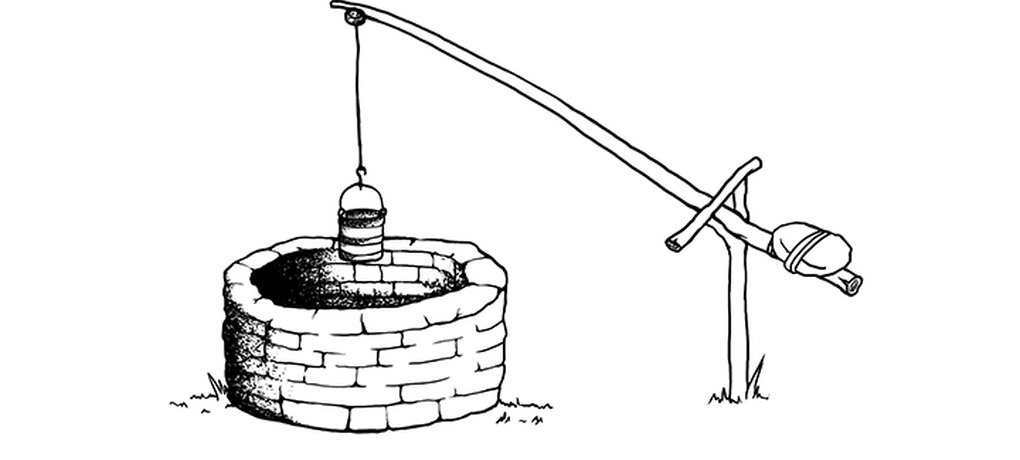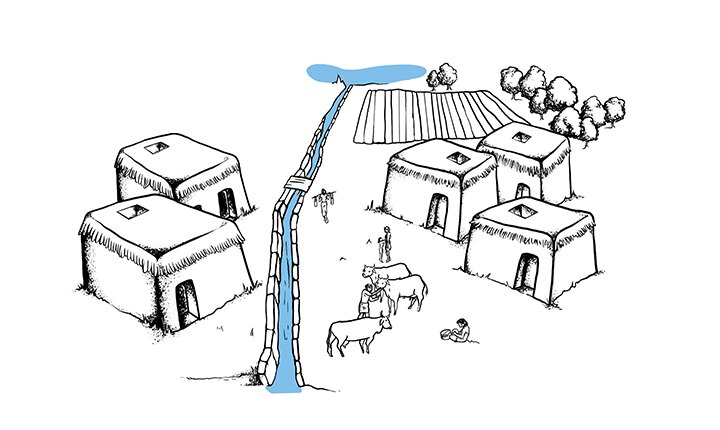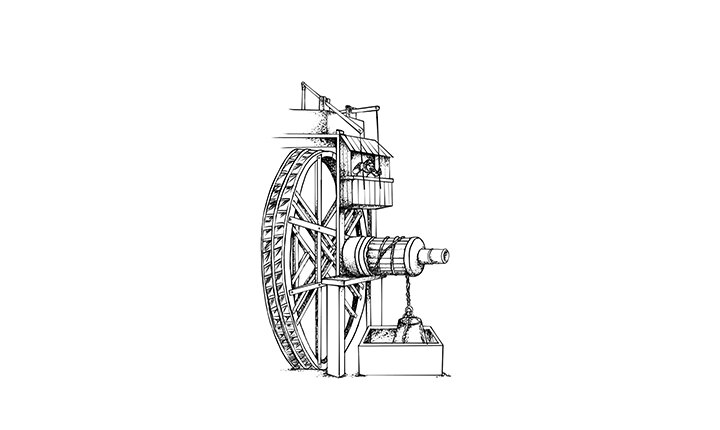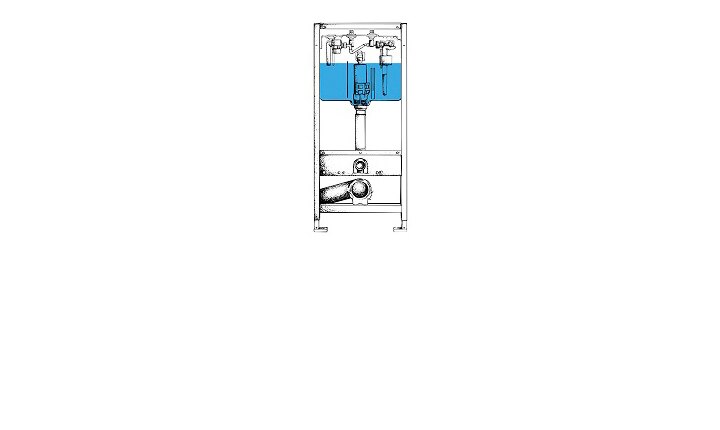
The long struggle for clean water
In Germany today, almost 100 percent of the population is connected to the public water network and can enjoy top quality potable water within their own four walls. A look at human history shows that this is not something that should be taken for granted. Given the dependence of sedentary cultures on clean, readily available water, people around the world have been just as inventive in terms of water supply and water quality as they have been in developing weapons technology.
Hunters and gatherers
Over 8000 years ago: Potable water from natural sources such as springs, streams, rivers and freshwater lakes. Artificially created water pits or small suction wells. First water filter: grass stuffing through which water would seep.
Sedentary Stone Age cultures
8000 BC: First sandstone well in the Mediterranean
6000 BC: Wooden well
5100 BC: Deepest known Stone Age well in Europe (15m deep)
First urban cultures
3000 BC: Irrigation canals and the first sewers in Mesopotamia, Egypt and in the Indus civilization (which also had the first domestic toilet with copper pipes)
2500 BC: First deep wells in Egypt
2000 BC: Underground tunnels (qanats) to supply deeper settlements in what is now Iran.
2000 BC: Many ancient civilizations are familiar with water disinfection by means of boiling, sunlight, charcoal filtration, the introduction of copper pieces, storage in silver vessels and even electrolysis.
700 BC: First aqueduct in Assyria

Greco-Roman era
800 BC – 500: Extensive expansion of water management with aqueducts, canals, pipes, small structures for maintenance and repair work, water extraction points, distribution basins, pipes made of clay, lead, wood, bronze and stone, water lifting systems, high pressure pipes and an effective disposal of dirty and service water.
100: Daily water consumption in Rome approx. 370 to 450 litres/head (Germany 2020:123 litres/head).
Middle ages
500–1500: A step backwards in the water supply, aqueducts decay, wells, drainage shafts and cisterns are used again. Basic pipe systems made of wood and clay.
From 1300: Development of water pumps that work with the help of air pressure.
Early modern age
15th to 17th century: More complex piston pump systems and water lifting machines, so-called “water arts”, in 33 German cities and over 100 smaller towns.
1685: The Italian doctor Lu Antonio Porzo develops the first multiple filter, consisting of a settling unit and a sand filter.
1746: The French scientist Joseph Amy receives a patent for a water filter made from wool, sponge and charcoal.

Modern times
1804: First documented use of sand filters to purify urban water in Paisley, Scotland.
1806: Paris commissions a large water treatment plant with filters made of sand and charcoal.
1848: First modern central public water supply in Hamburg.
1854: Cholera epidemic in London caused by contaminated water pumps with around 14,000 deaths.
1892: Last major cholera epidemic in Germany (Hamburg) with 8,605 deaths.
End of 19th century: The central water supply now also reaches the broader population.
From 1900: Disinfectants such as chlorine are used on a large scale.
1960s: An extensive long-range water network also supplies remote regions in Germany with potable water.
1976: Legionnaires’ disease first appears after a Pennsylvania American Legion veterans' convention. 29 of the 4,400 delegates die.
1991: End of “protective chlorination” of potable water in Germany. It is replaced by filtration, ozonation and the use of UV radiation.
2013: Largest outbreak of Legionnaires' disease in Germany (Warstein) with 165 sick and three dead.

